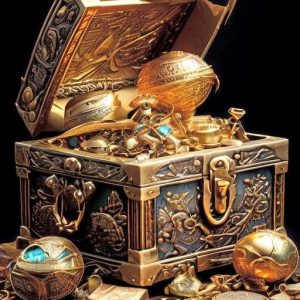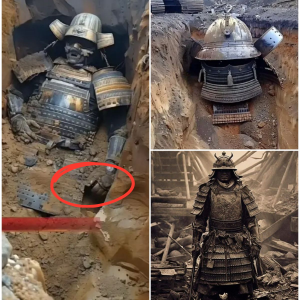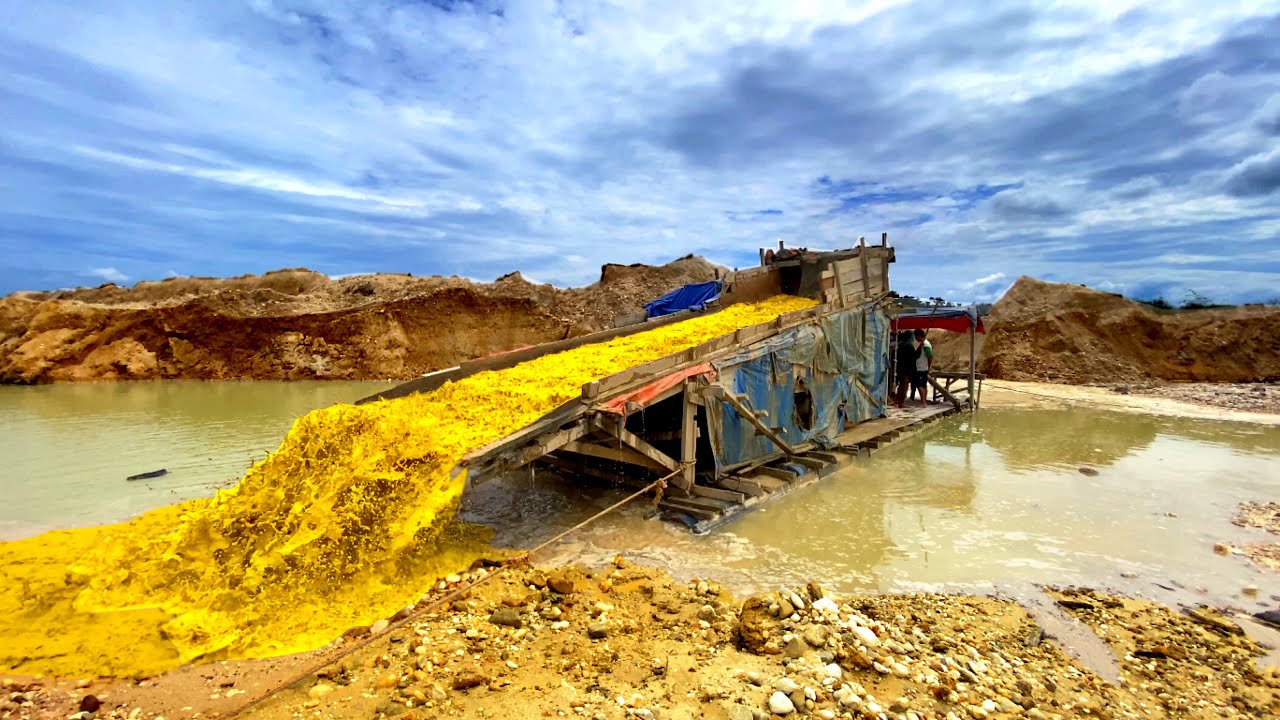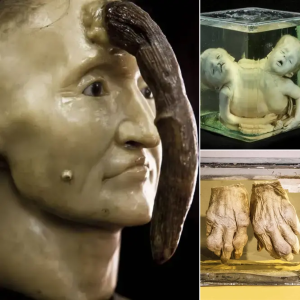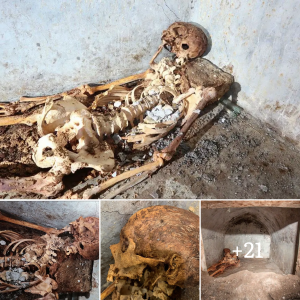In the 16th century, the Calusa, a fisher-gatherer-hunter society, were the most politically complex polity in Florida, and Mound Key, an island in Estero Bay off Florida’s Gulf Coast, was their capital. The available evidence indicates that the Calusa had a large population (ca. 20,000) and were one of the most politically complex groups of hunter-gatherers of the ancient world. How did the Calusa provide and sustain food sufficient for the complex political and social life observed in the 16th century? In a new paper published in the Proceedings of National Academy of Sciences, a team of U.S. archaeologists and anthropologists argues that part of the answer to this is that the Calusa engineered sophisticated landscapes for the capture and storage of live surpluses of fish, which could have been obtained on a regular basis in the inshore estuarine bays.

Fish were captured and stored by the Calusa people in complex walled structures called watercourts, constructed of shell and other sediments. Image credit: Merald Clark.
Built on a foundation of oyster shells, Calusa’s watercourts walled off portions of estuary and likely served as short-term holding pens for fish before they were eaten, smoked or dried.
The largest of these rectangular structures is about 3,345 m2 (36,000 square feet) with a berm of shell and sediment about 0.9 m (3 feet) high.
Engineering the courts required an intimate understanding of daily and seasonal tides, hydrology and the biology of various species of fish.
“What makes the Calusa different is that most other societies that achieve this level of complexity and power are principally farming cultures,” said Dr. William Marquardt, curator emeritus of South Florida Archaeology and Ethnography at the Florida Museum of Natural History.
“For a long time, societies that relied on fishing, hunting and gathering were assumed to be less advanced.”
“The fact that the Calusa were fishers, not farmers, created tension between them and the Spaniards, who arrived in Florida during the 16th century when the Calusa kingdom was at its zenith,” added Dr. Victor Thompson, director of the Laboratory of Archaeology at the University of Georgia.
“The Spanish soldiers, priests and officers were used to dealing with agriculturalists, such as the people they colonized in the Caribbean who grew maize surpluses for them.”
“This would not have been possible with the Calusa. In fact, in a late 1600s mission attempt by the Franciscans, hoes were unloaded off the ship, and when the Calusa saw this, they remarked, ‘why didn’t they also bring slaves to till the ground?’”

A remote sensing map reveals some of Mound Key’s standout features, including two large shell mounds, the grand canal and two massive watercourts flanking the island’s southwest shoreline. Image credit: Thompson et al, doi: 10.1073/pnas.1921708117.
The researchers analyzed two watercourts along the southwest shore of Mound Key.
These courts, still visible today, flank the grand canal, a marine highway nearly 610 m (2,000 feet) long and averaging 30.5 m (100 feet) wide, which bisects the key.
Both have yards-long openings in the berms along the canal, possibly to allow Calusa to drive fish into the enclosures, which could then be closed with a gate or net.
The scientists studied the watercourts and surrounding areas using remote sensors, cores of sediment and shell and excavations.
The bisected key features two large shell mounds, one on either side of the island.
Remote sensing showed slopes leading from the watercourts to the top of the mounds, which may have been causeways for transporting food.
On the shoreline, the team found evidence of burning and small post molds, possibly for racks used to smoke and dry fish.
Radiocarbon dating suggests the watercourts were built between 1300 and 1400 CE — around the end of a second phase in the construction of a king’s manor, an impressive structure that would eventually hold 2,000 people, according to Spanish documents.
“1250 CE also corresponds to a drop in sea level, which may have impacted fish populations enough to help inspire some engineering innovation,” said Dr. Karen Walker, Florida Museum collection manager of South Florida Archaeology and Ethnography.
Fish bones and scales found in the western watercourt show the Calusa were capturing mullet and likely pinfish and herring, all schooling species.

The fish surplus stored in watercourts likely enabled the Calusa to complete large-scale construction projects. The largest watercourt was built during a key construction phase of the king’s manor on Mound Key. The Spanish recorded the manor as capable of holding 2,000 people.
The team’s analysis of watercourt core samples revealed dark gray sediment that was rich in organic material, suggesting poor circulation.
“High tide would have refreshed the water to some extent. We can’t know exactly how the courts worked, but our gut feeling is that storage would have been short-term — on the order of hours to a few days, not for months at a time,” Dr. Marquardt said.
“While researchers previously hypothesized watercourts were designed to hold fish, this is the first attempt to study the structures systematically, including when they were built and how that timing correlates with other Calusa construction projects.”
“The Calusa dramatically shaped their natural environment, but the reverse was also true,” Dr. Thompson added.
“The fact that the Calusa obtained much of their food from the estuaries structured almost every aspect of their lives. Even today, people who live along coasts are a little different, and their lives continue to be influenced by the water — be it in the food they eat or the storms that roll in on summer afternoons in Southwest Florida.”

